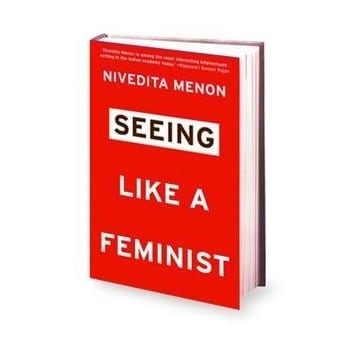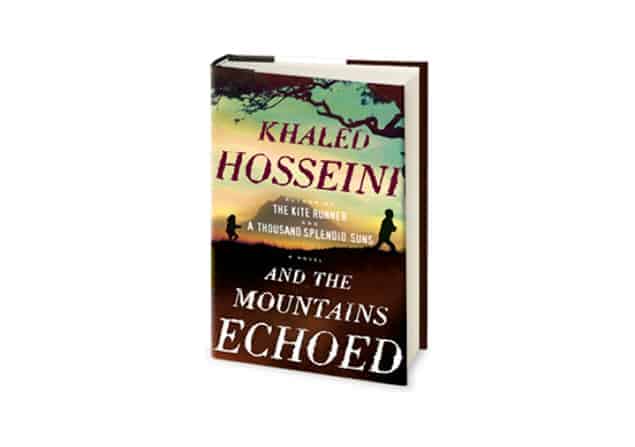Title: Seeing like a Feminist
Author: Nivedita Menon
Year of publication: 2012
Feminist politics is complex, critical and contains a pattern of innumerable structures – just like the patriarchy it opposes. At the same time, being a feminist living in a patriarchal society comes with its own set of complications – from being labeled a man hater to questioning your own beliefs. Nivedita Menon’s book published jointly by Zubaan Publications and Penguin Books – speaks of all this and more. What is both insightful and humbling about Menon’s style is her sheer lucidity, which makes this book simple yet powerful, ridden with modern examples (like the ban on the Burkha in France) yet historical (like the existence of the stereotypical gendered colours of pink and blue having swapped genders only 50 years ago!)
Having been both a student and a professor at Delhi University, Menon connects patriarchy’s several structures and weaves them into a chain of thought that will not let you put this book down. Seeing like a Feminist starts with the concept of nude make up – make up that makes one look ‘natural’ and draws an analogy of the same with the present social order – which goes through the most painful rites and rituals only to finally move towards the natural order of things. She explains patriarchy through many such interesting insights and anecdotes, going through what it is to be a feminist, feminism’s relationship with family, love and marriage. She talks about bodies – what it is to be feminine and masculine and how these are mere social constructs and how these associate with sexuality. Menon’s take on today’s feminism is beautifully seasoned with the history of feminism in India; it’s associations with formal structures like law and historical ones like caste. She quotes several scholars, writers, writes extensively about contemporary movements, gets into the specifics of the Indian Penal Code, and yet, never once, does her writing make you feel like you’re reading a piece of academic work.
Feminism, for Menon, ‘’is not about a movement of final triumph over patriarchy, but about the gradual transformation of the social field- so decisively- that old markers shift forever.’’ This book is a brilliant read for anyone who wishes to understand feminism as a political ideology, along with its influences on informal and complex structures that makes up today’s conflicted society. Seeing like a Feminist is bold, thought through and in many parts – contrary to what is expected of feminism – very, very entertaining.




